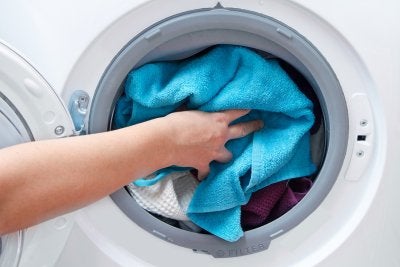A sewage backup is a serious health threat to yourself and the other members of your household. If you experience a backup in your sewer line, it is important to take the steps needed to prevent exposure to raw sewage. In the aftermath of a sewage emergency, you should also consider setting up an appointment for bacteria testing in San Francisco . A company offering black mold testing and bacteria testing can help you determine whether your house is safe for occupancy. To help you deal with your sewage problem, here is a look at some tips for protecting your home after a sewage backup.
Avoid Sewage Exposure
When you are faced with a backed up sewage line, it is highly important to avoid sewage exposure . Directly after the sewage flooding event, you may want to evacuate your home until help can arrive. Since sewage carries bacteria and diseases, contact with raw sewage can cause serious health problems for yourself and your loved ones. Children and persons who have compromised immune systems are particularly susceptible to sewage-borne illnesses.

Wash Contaminated Items
When you are clearing out your home after a sewage backup, it is of the utmost importance to thoroughly wash any contaminated items. Clothing, rugs, and other fabric items should be washed in very hot water for at least 10 minutes. The hot water will kill any bacteria that is lingering on the fabric. Other items, such as carpets and furniture, may need to be discarded altogether.
Schedule Bacteria Testing and Abatement
One of the most effective ways to protect your home after a sewage backup is to schedule bacteria testing and abatement services from a company in your area. During a bacteria test, a technician will determine whether your home is safe for you to resume occupancy. In addition, a team of abatement professionals will be able to clear away any sewage and damage that remains in your home.

